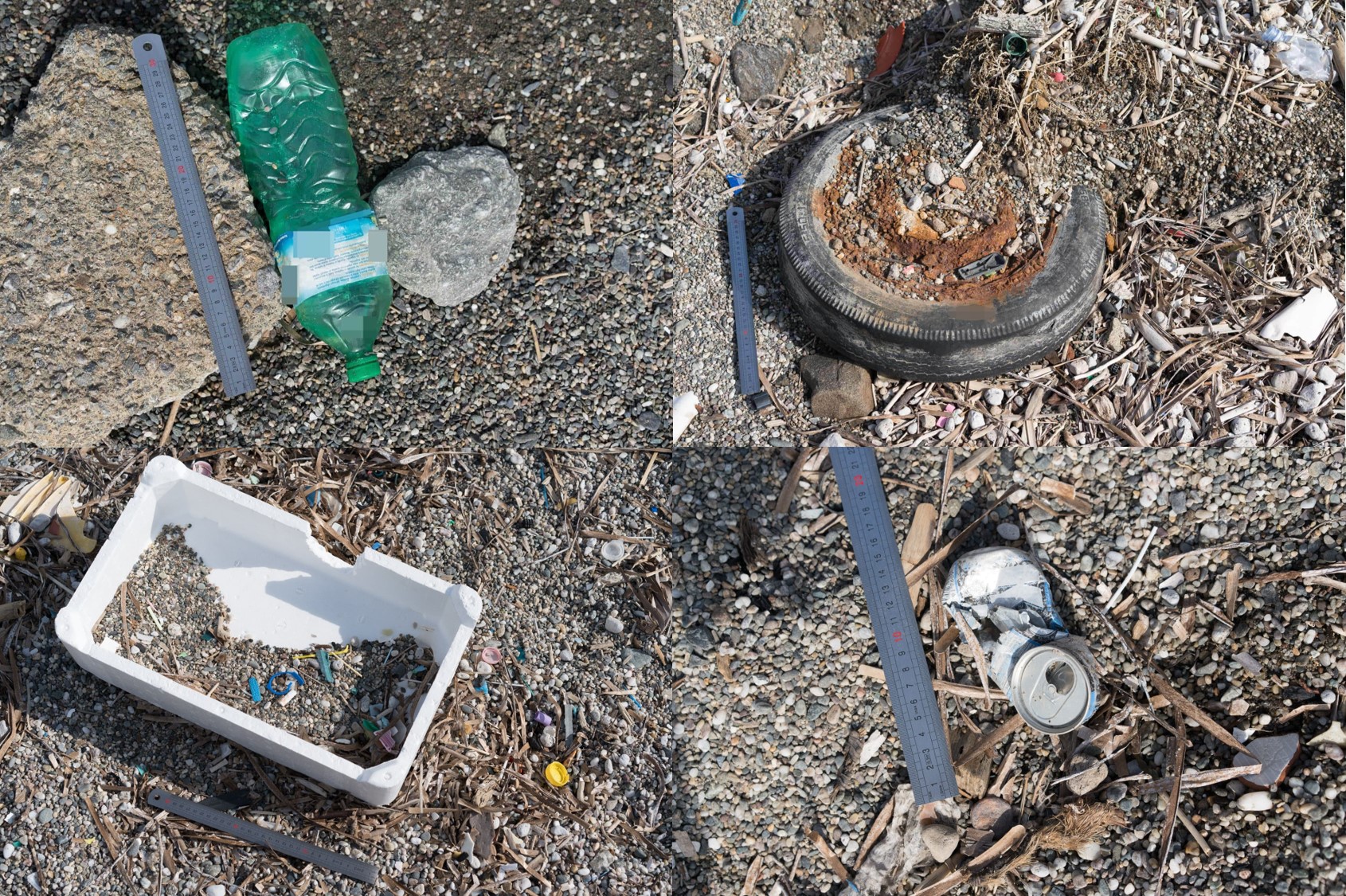For a coherent implementation of the Marine Strategy Framework Directive (MSFD), the Common Implementation Strategy (CIS) was adopted by Member States and the European Commission. The Technical Group on Marine Litter (TG ML) was set-up under the CIS as the interface between science and policy to support and accompany the EU MSFD Descriptor 10 implementation process and the EU external activities on marine litter. The group is chaired by the French Research Institute for Exploitation of the Sea, the German Environment Agency, and the European Commission's Joint Research Centre (EC JRC), with the overall leadership of the EC Directorate-General for Environment.
The TG ML acts following criteria and methodological standards for monitoring programmes on marine good environmental status, fixed by the EC through the MSFD Commission Decision 2017/848/EU. In particular, the criterion D10C1, dedicated to macrolitter, states:
“The composition, amount and spatial distribution of litter on the coastline, in the surface layer of the water column, and on the seabed, are at levels that do not cause harm to the coastal and marine environment. Member States shall establish threshold values for these levels through cooperation at Union level, taking into account regional or sub regional specificities”.
The TG ML acieves this goal by developing non-legally binding and practical documents such as Marine litter database, EU Marine Beach Litter Baselines, and Marine Litter Threshold Values.
Recently, a manual was released; A Joint List of Litter Categories for Marine Macrolitter Monitoring devoted to the agreed list of categories for macrolitter, that represents a fundamental instrument for avoiding ambiguous identification.
EMODnet Chemistry provided valuable contributions to the completion of this joint list of macrolitter categories, that includes the litter types occurring in the coastal and marine environment. The list can be used to enable comparable monitoring across the European Seas and beyond, as well as across different compartments of the marine environment.
Preparatory work linked to data harmonization was executed by EMODnet Chemistry in support of the revision of the Master list that, published in 2013, represents the milestone which the Joint List is built on. Secondly, the experience obtained by the use of the Master List in the context of the first pan-European beach litter database, developed and implemented by EMODnet Chemistry as well as relevant experience in marine data litter management, was important to elaborate and fostering of the hierarchical organisation of the different litter types included in the Joint List. This structure enables compatibility and comparability of data, obtained with marine litter recording schemes characterised by different levels of detail.
EMODnet Chemistry underpins the strict link between monitoring programmes and data management. Common criteria and methodological standards for environmental monitoring are considered fundamental for developing High Quality databases.
From 2017 on, EMODnet Chemistry has rapidly developed into a point of reference for management of marine litter data in the context of the EU Marine Strategy Framework Directive implementation. We from the Joint Research Centre of the European Commission, ..., are very pleased to collaborate with EMODnet, and we have received extensive support for the MSFD Technical Group on Marine Litter and the JRC in compiling and analysing European litter datasets.
In particular, EMODnet Chemistry has a key role in collecting monitoring data from the EU Member States and in data harmonization and validation. Through this work, they have developed the first authoritative pan-European database for marine beach litter. A lot of progress has already been made and EMODnet Chemistry will continue, together with the EU Member States, to tackle further challenges in marine litter data management in Europe and beyond. Data of floating macrolitter, microlitter in sediment, and seafloor macrolitter from images and videos are considered the next priorities.

